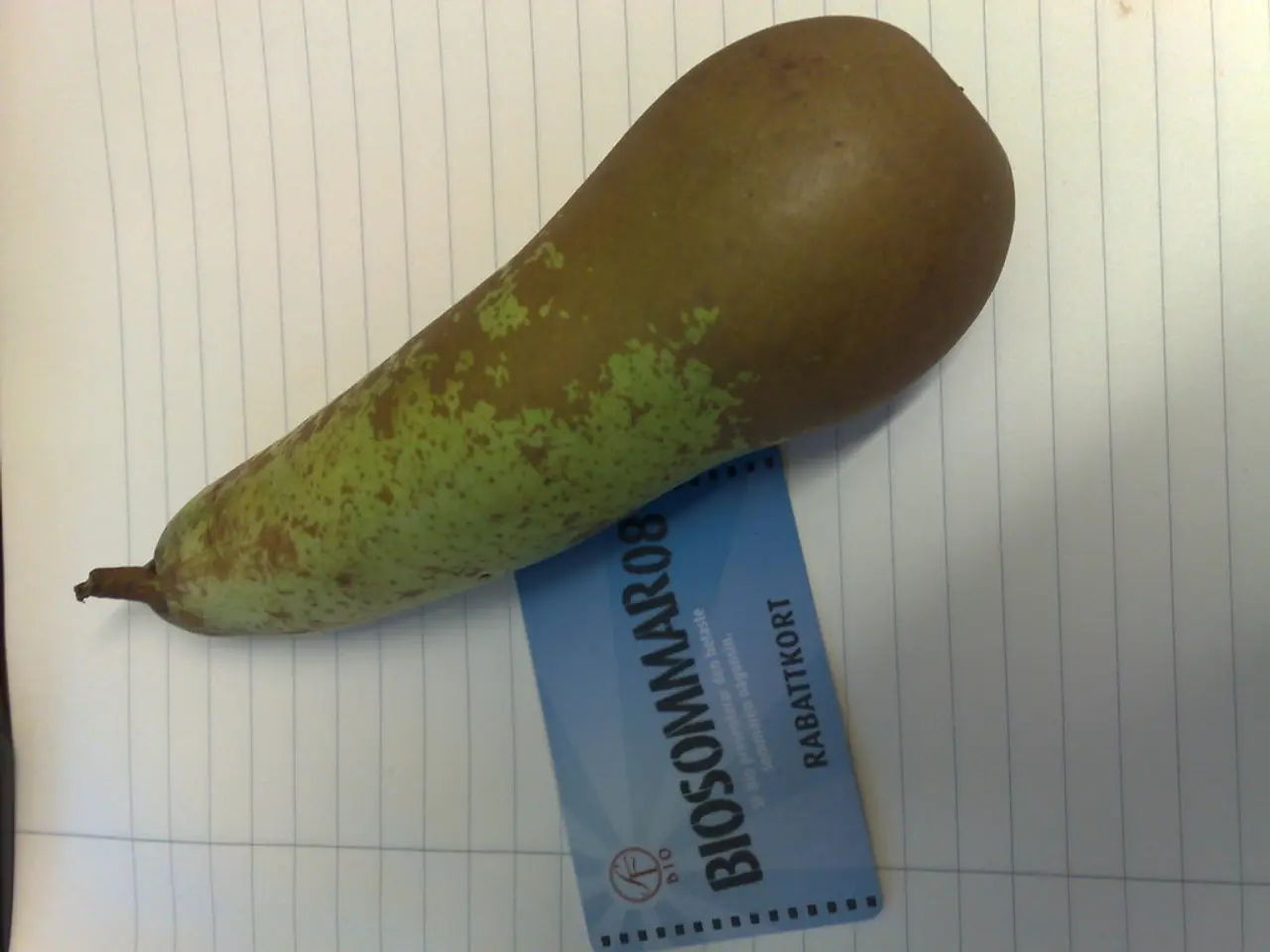Heel Gout: Recognizing Symptoms, Identifying Causes, and Addressing Treatment
The common causes of gout flare-ups in the heel primarily involve a buildup of uric acid in the blood, which crystallizes in the joints causing inflammation, pain, and swelling.
Several specific factors often trigger these flare-ups:
- High-purine foods: Consumption of foods rich in purines such as red meat, shellfish, and alcohol can lead to increased uric acid levels, precipitating gout attacks.
- Dehydration: Alcohol and insufficient fluid intake can cause dehydration, reducing uric acid clearance and triggering flare-ups.
- Joint stress or injury: Mechanical stress or trauma to the heel joint can provoke gout by facilitating crystal deposition and inflammation.
- Sudden changes in uric acid levels: Rapid shifts—either increases or decreases—in uric acid, sometimes caused by medications or dieting, can provoke an attack.
- Underlying health conditions: Kidney problems, obesity, and metabolic syndrome can impair uric acid elimination, increasing the risk of gout flare-ups in the heel or other joints.
While gout most commonly affects the big toe, it can also involve other joints like the heel, especially when uric acid crystals accumulate there and trigger inflammation. Managing diet, hydration, and stress on the joint, along with medical therapies to control uric acid levels, are key to preventing and controlling heel gout flare-ups.
Gout is a common form of inflammatory arthritis that typically causes pain, swelling, and discoloration. Doctors may use blood tests to check for urate levels in a person experiencing a gout flare. Taking fluid samples from the area of the affected joint can help check for crystal buildup during a gout flare. Symptoms of gout in the heel include intense pain, swelling, skin discoloration, and heat or a burning sensation.
Nonsteroidal anti-inflammatory drugs (NSAIDs) such as ibuprofen and naproxen may be prescribed to treat gout symptoms, but they can cause internal bleeding in some people. Colchicine is a prescription anti-inflammatory that treats gout pain symptoms but can have side effects like nausea, diarrhea, or vomiting. Corticosteroids can effectively reduce inflammation fast but can have severe side effects.
Uric acid-lowering drugs, such as Allopurinol, may be prescribed to prevent further gout damage if a person experiences multiple attacks per year or shows signs of joint damage on X-rays. Ultrasound scans can be used to check for urate crystal buildup in the affected joint during a gout flare. Dual energy source CT (DECT) can be used to detect urate deposits during a gout flare.
Doctors diagnose gout by assessing a person's symptoms, performing a physical exam, and ordering other tests. Avoiding certain triggering foods like red meat, limiting alcohol consumption, maintaining a moderate weight, and keeping hydrated can help prevent gout flare-ups. It's important to remember that while hyperuricemia, the presence of too much uric acid in the body, is associated with gout, it does not always cause gout, and if it does not, it does not require treatment.




